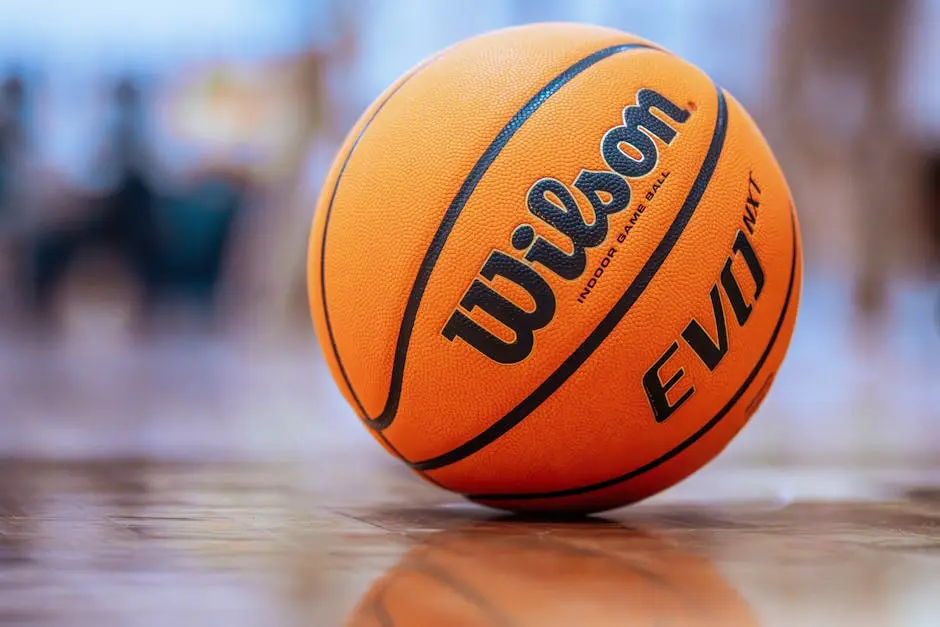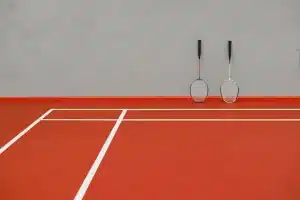Understanding the differences between outdoor and indoor basketballs is essential for players of all levels. Whether you’re shooting hoops at your local park or playing a serious game in a gym, the type of ball you use can impact your game. In this blog, we’ll explore the key differences so you can make the best choice for your playing environment.
Material Differences
Outdoor basketballs are usually made of rubber or composite materials, making them more durable. In contrast, indoor basketballs are often composed of leather or high-quality composite materials for a softer touch.
Rubber is tough, allowing outdoor basketballs to resist scuffs and abrasions from rough outdoor surfaces. This durability is crucial when you’re playing outside and dealing with elements like sun, dirt, and asphalt. On the other hand, synthetic leather used in indoor balls is designed to provide excellent grip and feel, giving players the confidence they need during intense games.
Interestingly, newer materials are emerging in both categories. Some outdoor basketballs now feature advanced composite materials that mimic the softness of indoor balls while retaining outdoor durability. This innovation helps bridge the gap, allowing players to enjoy the best of both worlds.
Design Features
Outdoor basketballs have a rougher texture and deeper grooves to provide better grip on tough surfaces. Indoor basketballs are smoother and have shallower grooves, allowing for better ball handling on polished wood floors.
The design of outdoor basketballs isn’t just about grip; it also helps with performance on various surfaces. A rougher exterior allows for enhanced control even during fast-paced play. Conversely, the sleek surface of an indoor basketball facilitates smooth dribbles and effortless passes.
In terms of color and branding, outdoor basketballs often come in vibrant hues, making them easy to spot on any outdoor court. Indoor balls typically favor more classic colors which contrast nicely against the polished floor, ensuring that the focus remains on the play rather than distractions.
Performance Impact
Using an outdoor ball indoors can affect shooting accuracy due to its design and grip. Conversely, taking an indoor ball outside can result in quick wear and tear.
Players often report that the added grip of outdoor basketballs can lead to over-rotation during shooting, which might throw off their shot. This difference can be particularly noticeable when switching between the two types of balls frequently.
Moreover, it’s crucial to consider playing conditions as well. Outdoor environments can be unpredictable, with dust, rain, and other variables influencing how the ball handles. Therefore, knowing which ball suits your specific playing conditions can make a significant difference in overall performance.
Cost Considerations
Generally, outdoor basketballs are more affordable, while high-quality indoor basketballs can be more expensive due to the materials and craftsmanship involved.
With prices ranging from budget-friendly to premium, players can choose what fits their needs and budget. While it may be tempting to opt for cheaper options, investing in a quality indoor basketball can enhance your gameplay experience significantly.
When considering long-term use, think of it this way: a durable outdoor ball might endure the elements, while an indoor ball may require less frequent replacements but could be pricier upfront. Evaluating your playing style and frequency can help inform your decision.
Final Thoughts
Choosing the right basketball is crucial for your game experience. Outdoor basketballs are designed to withstand harsher conditions and provide better grip on pavement, while indoor basketballs are crafted for a softer feel and better performance on hardwood floors. By knowing the differences outlined above, you can ensure that you always have the best ball for your game!




